Antalya Museum
The Antalya Archaeological Museum is one of Turkey’s largest museums and the most significant in the city. It houses the symbols of three ancient civilizations: Lycian, Roman, and Byzantine. The museum spans an area of 30,000 square meters with two floors and 14 exhibition halls. Its modern and spacious interior is chronologically categorized, showcasing an extensive collection from prehistoric times to the Ottoman Empire.
The establishment of the museum owes much to the efforts of teacher Süleyman Fikri Erten, who played a crucial role in its foundation. The idea of the Antalya Museum emerged during World War I to protect historical artifacts. In 1919, Fikri Bey applied to the Antalya Governorship and was appointed as an honorary officer for antiquities. He first collected artifacts in the city center and established the museum. Initially housed in the Alaeddin Mosque in Kaleiçi in 1922, the museum was relocated to its current building in 1972. In 1988, the museum was awarded the European Council Special Prize.
Inside the museum, artifacts uncovered from archaeological excavations in Antalya and its surroundings are displayed. Some of the oldest items include everyday objects from the Stone and Bronze Ages, such as pottery, stone tools, and ornaments. The museum is particularly renowned for its Roman period statues, including marble sculptures of Zeus, Athena, and Aphrodite from the ancient city of Perge.
The museum also features busts and sarcophagi from the Roman Empire, with the world-famous Heracles Sarcophagus being one of the most significant exhibits. Intricate mosaics from Side and Perge depict mythological and daily life scenes in great detail. Artifacts from ancient cities such as Aspendos, Patara, and Xanthos include inscriptions, ceramics, and temple remnants, reflecting the region’s rich historical heritage.
The Islamic section of the museum showcases artifacts from the Seljuk and Ottoman periods, including manuscripts, coins, and ceramics. Examples of stone and wood craftsmanship collected from mosques and inns provide visitors with an insight into the artistic aesthetics of the past. Additionally, Byzantine-era icons, religious objects, and silver ornaments are displayed in the museum.
A diverse collection of coins and jewelry from different periods, including gold and silver coins from the Lycian, Roman, and Byzantine eras, offers valuable insights into the economic and commercial structure of the time. Traditional Ottoman clothing, carpets, kilims, and handicrafts are also exhibited in the ethnography section.
The museum’s children's section offers interactive exhibits that allow young visitors to engage with history and archaeology in a fun and educational way. In the museum's garden, visitors can explore large statues, columns, sarcophagi, and ancient water channels. Antalya Museum stands as an essential cultural and historical destination, offering a comprehensive view of the region’s heritage.
Entrance Fee: (Prices are subject to change)
Adults: 340 TL
Students: 40 TL
Visitors under 18 and over 65 years old can enter for free.
Museum Pass holders can access the museum free of charge.
Visiting Hours:
Summer period (April 1 - October 1): 08:30 - 19:00
Winter period (October 1 - April 1): 08:30 - 17:30
Address: Bahçelievler Neighborhood, Konyaaltı Street, No:88, Muratpaşa/Antalya

 English
English
 Türkçe
Türkçe
 русский
русский

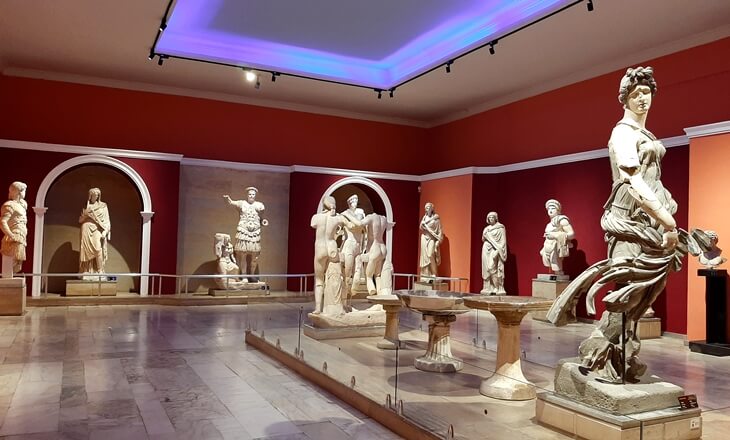
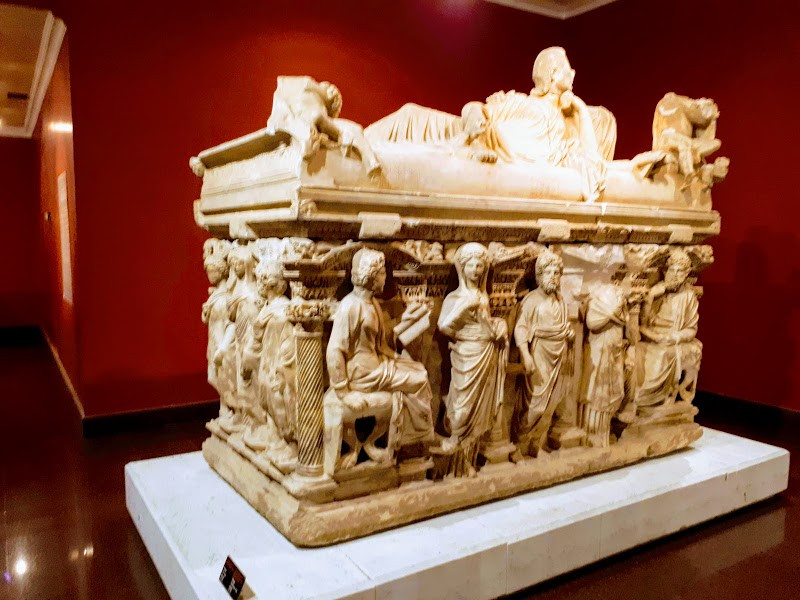
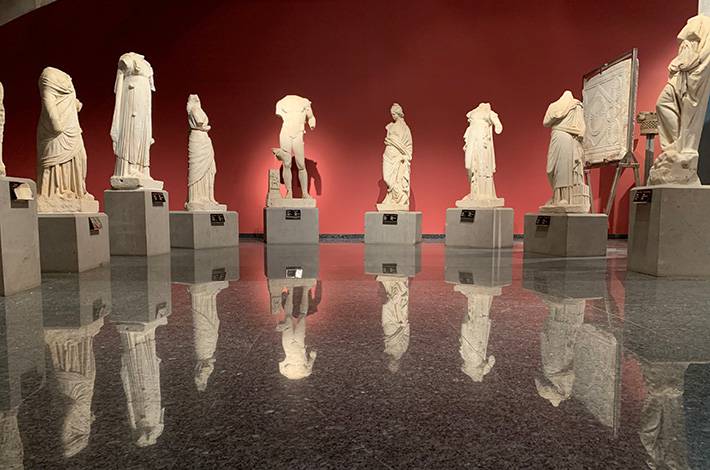
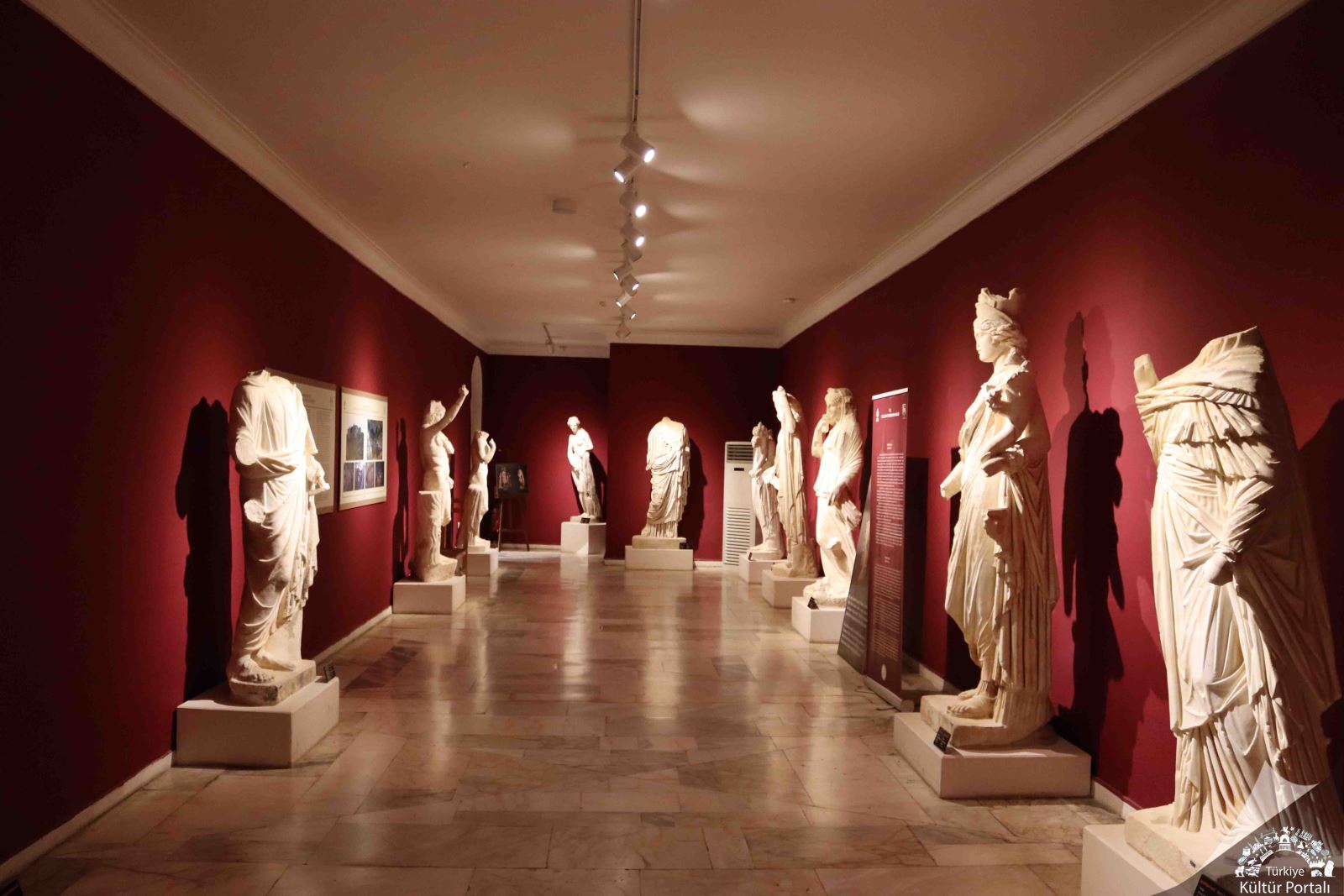
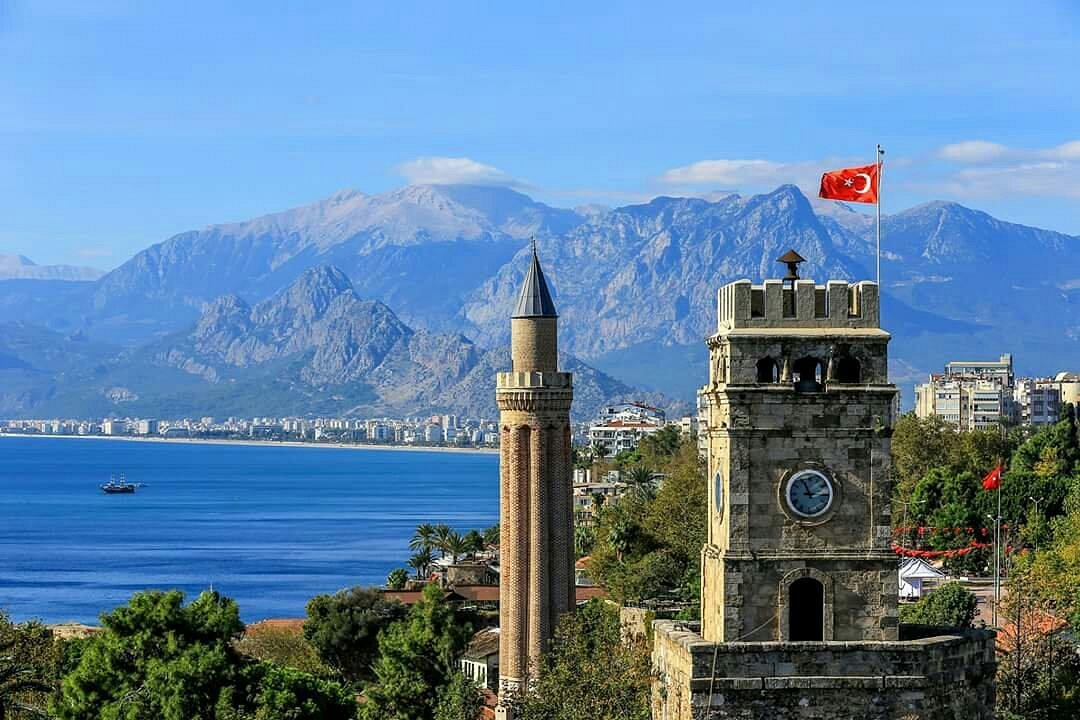



 Home
Home
 Services
Services
 Map
Map
 Competitions
Competitions
 My Account
My Account

